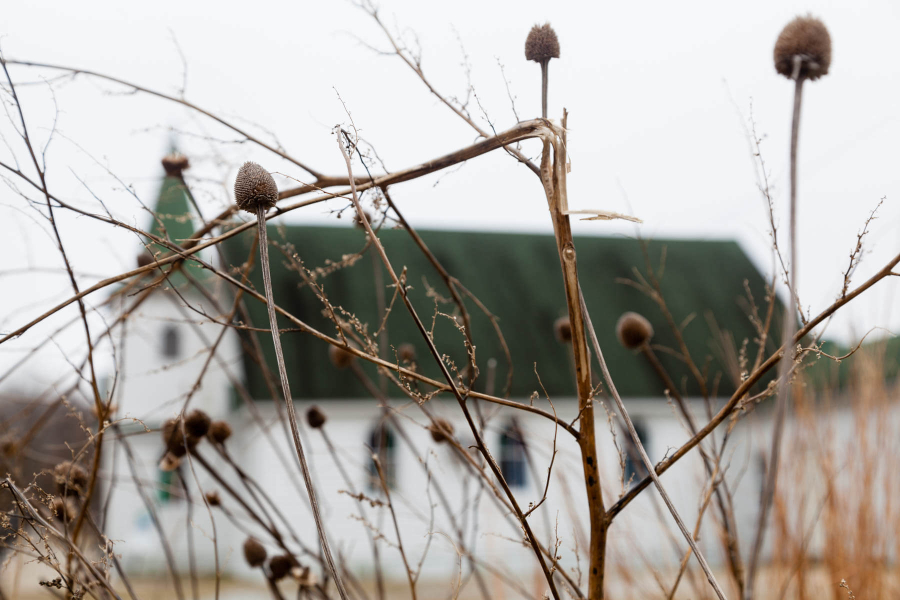Sea level rise forces wetlands inland. But is there room for them?

Wetlands are the unsung heroes in increasing the resiliency of the Chesapeake Bay and its watershed. They protect coastal communities from storm surges, slow down the flow of nutrients entering the Bay, provide vital habitats to a range of species and even sequester carbon dioxide from the atmosphere.
However, the watershed is losing a pivotal player due to sea level rise.
The Chesapeake Bay has nearly 10,000 miles of tidal shoreline that is vulnerable to one of the highest rates of sea level rise in the United States. As the wetlands in these areas become flooded, they have two choices for survival. The first is to grow vertically to avoid the rising water levels, which is possible for some marshes that grow quickly but not for others, especially with sea level rise accelerating. The second option is to migrate inward, a tactic that us humans can help with.
In many areas, development keeps wetlands from migrating: hardscapes such as parking lots and coastal infrastructure (e.g., houses, docks, hotels) block migration, while hardened shorelines, where beaches and grassy areas were replaced with concrete and other man-made structures, also limit movement for wetlands. But in many cases, communities can transform these areas to allow for wetland growth.
One way is to take shorelines that are either hardened or lacking in wetland vegetation and turn them into area where they can grow, like with this 550-foot living shoreline built along the Elizabeth River in Virginia. Another option is to turn forested areas near the coast into marshland. Recently, the U.S. Fish and Wildlife Service purchased a wooded peninsula in Cambridge, Maryland (where they later discovered the location of Harriet Tubman’s father’s home) with the plans of giving the marsh at Blackwater National Wildlife Refuge room to migrate. Communities in flood-prone areas are also having to consider moving infrastructure, such as homes, churches, cemeteries and other buildings, which will allow wetlands to expand.
The reality is that not all communities can make room for wetland migration. Managers and planners will need to identify areas that are available for wetlands and then evaluate the trade-offs in having to re-designate land use for migration. Currently, the Chesapeake Bay Program’s Climate Resiliency Workgroup and Wetland Workgroup are piloting a program to help community leaders in this challenge. The workgroups are collecting data related to sea level rise, topography, shoreline condition, wetland area, migration corridors, and adjacent land-use and applying information to develop design options for wetland restoration at a pilot area. The selected location for the project will be based on the compiled data and serve as a pilot to help decision-makers prioritize where wetland restoration and conservation activities should and should not take place in a region based on projected sea level rise, marsh accretion (growth rates) and migration capacity.
This work is critical to the Chesapeake Bay Program’s Wetlands Outcome, which seeks to create or reestablish 85,000 acres of tidal and non-tidal wetlands and enhance function of an additional 150,000 acres of degraded wetlands by 2025. It will also advance the Climate Resiliency Adaptation Outcome to pursue and design restoration projects to enhance the resiliency of the Bay and its aquatic ecosystems from the impacts of sea-level rise.
If you’d like to learn more about how you can use your land to support wetlands, visit the Chesapeake Bay Program’s Wetlands Work.

Comments
There are no comments.
Thank you!
Your comment has been received. Before it can be published, the comment will be reviewed by our team to ensure it adheres with our rules of engagement.
Back to recent stories